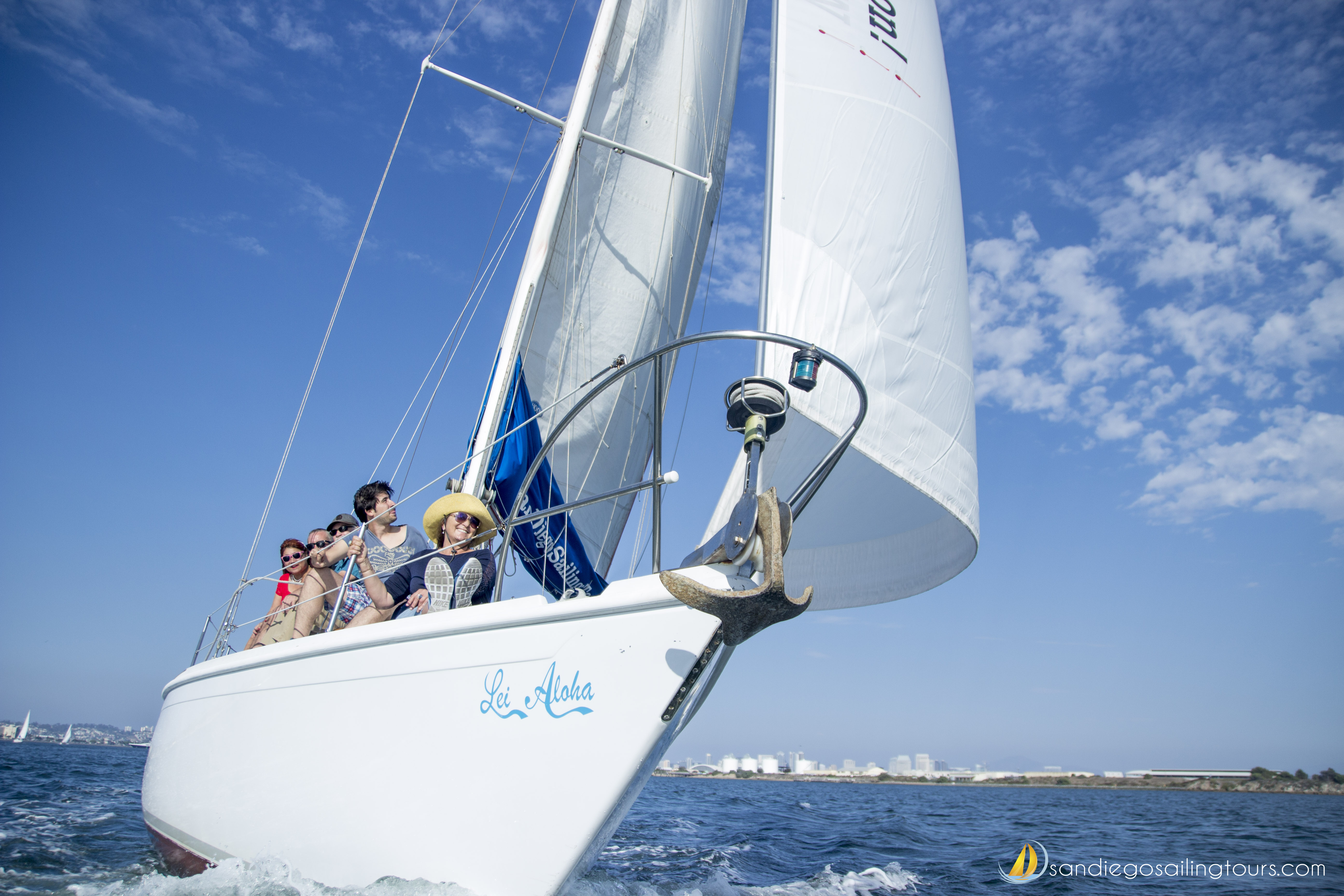Sailing enthusiasts are often drawn to the thrill and serenity of harnessing the power of the wind to navigate the open waters. There are various sailing techniques and maneuvers to master, one of which is “wing on wing” sailing. In this blog, we will explore what wing on wing sailing is and provide you with tips on how to do it safely.
What is Wing on Wing Sailing?
Wing on wing sailing, sometimes referred to as “downwind sailing,” is a technique where a sailboat sails directly downwind with its sails set on opposite sides of the boat. This configuration allows the sails to catch the wind from either side, providing the boat with a significant boost in speed and control when sailing downwind. It’s an exhilarating way to make the most of favorable wind conditions and sail comfortably with minimal effort.
How to Set Up for Wing on Wing Sailing
- Choose the Right Conditions: Wing on wing sailing is most effective when sailing downwind in light to moderate winds. Ensure the wind is coming directly from behind the boat, creating a broad reach or a dead run.
- Prepare Your Sails: To set up for wing on wing sailing, you’ll need a headsail (jib or genoa) and a mainsail. The key is to have one sail on each side of the boat, fully extended. The headsail should be on the opposite side of the mainsail.
- Adjust the Sails: Trim your sails for the conditions. The mainsail should be eased out as much as possible while the headsail should be pulled in to maximize their catching surface. Make sure both sails are set at the right angle to the wind.
- Prevent Chafing: Keep an eye on the sails as they flutter and flap in the wind. Chafing can occur when sails are not trimmed properly. Use sail ties, chafe protection, or specialized downwind sails to prevent damage.
Safety Considerations
- Monitor Wind Shifts: When sailing downwind, wind shifts can cause your sails to collapse or even gybe unexpectedly. Pay close attention to the wind direction and be ready to adjust your sails accordingly.
- Prevent Gybes: To avoid accidental gybes, ensure the boom is secured with preventers or boom brakes. This will keep the boom from swinging across the boat when the wind shifts.
- Keep a Watchful Eye: Assign someone to keep a lookout for any potential obstacles, like other vessels or buoys. It can be challenging to see what’s directly behind you when sailing downwind.
- Reef Early: If the wind picks up, it’s a good practice to reef your sails (reduce their size) before conditions become too challenging. This will help maintain control and prevent accidental gybes.
- Practice Seamanship: Familiarize yourself with your boat and its handling characteristics. Knowing how your boat behaves in different conditions is crucial for safe downwind sailing.
Wing on wing sailing can be an exhilarating and efficient way to sail downwind, harnessing the power of the wind to propel your boat forward. With the right conditions, proper sail setup, and safety precautions, you can enjoy this technique safely and confidently. As with any sailing maneuver, practice and experience are key to mastering the art of wing on wing sailing. So, hoist your sails, catch the wind, and set a course for smooth and safe downwind sailing adventures.


Recent Comments